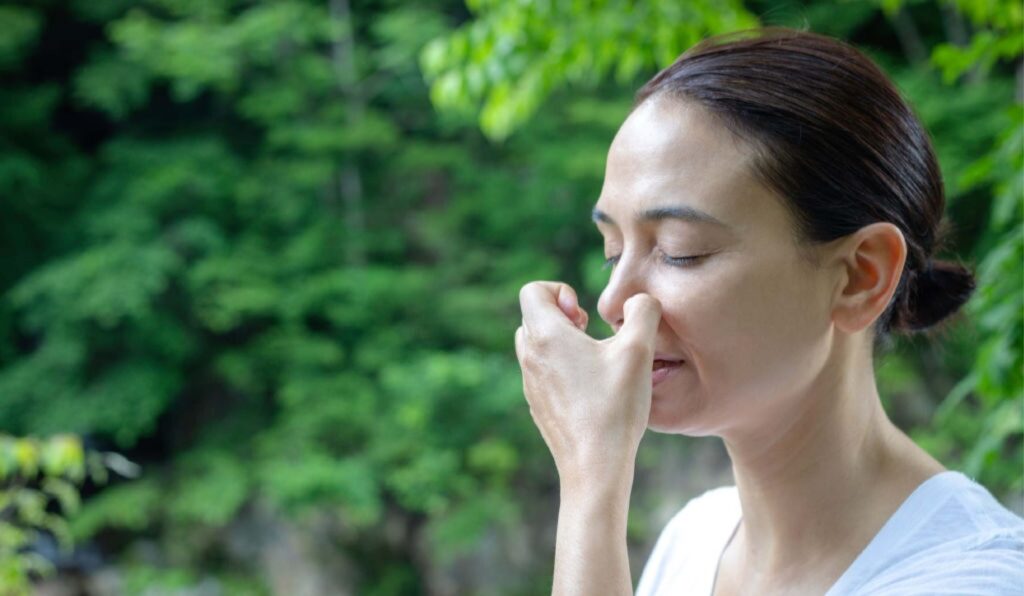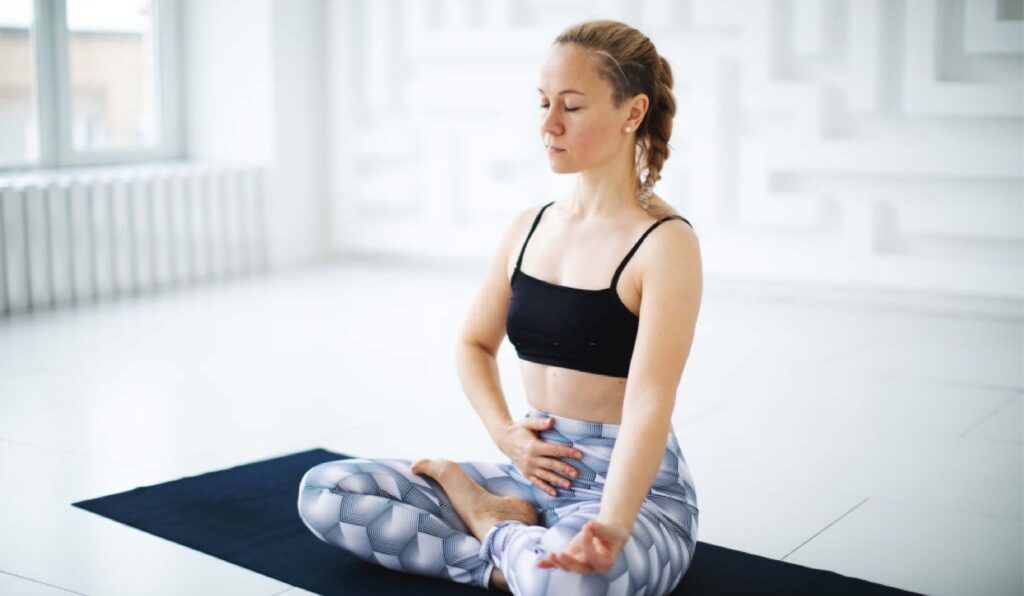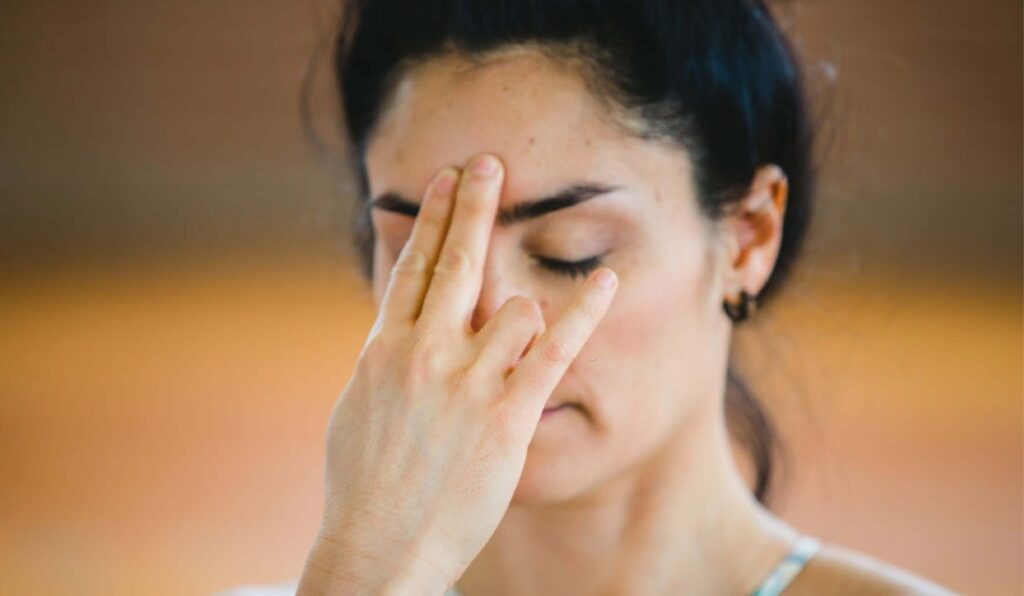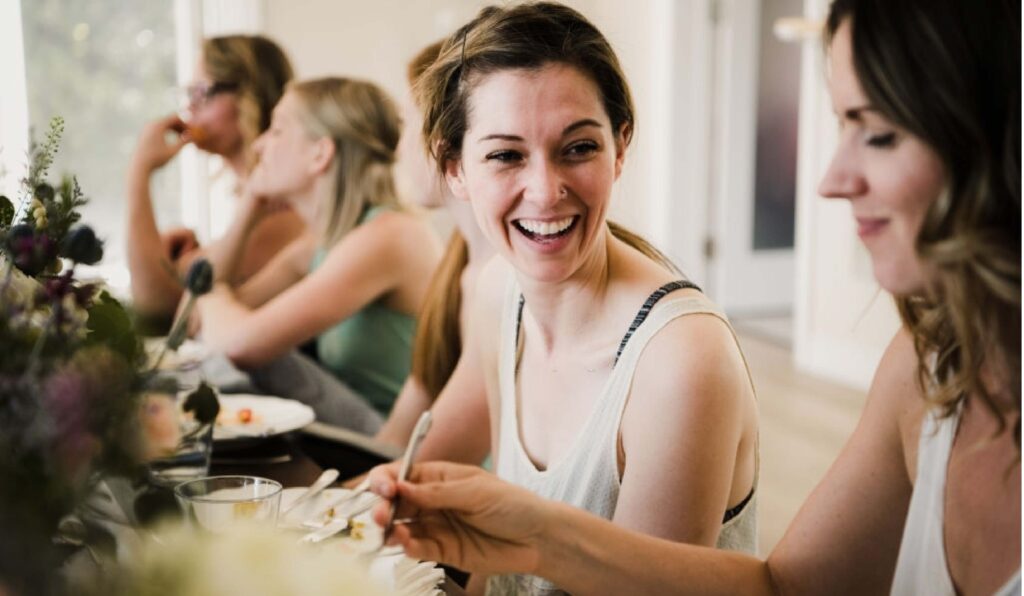Everyone has heard about yoga and, to some degree, understands its use in promoting good health and wellbeing. Of course, what many don’t know about is pranayama, the act of breathing when performing an asana, otherwise known as a pose, in yoga.
Essentially, pranayama can be called yogic breathing as it is often used in conjunction with yoga to help prepare for or complete an asana. In Sanskrit, the word pranayama breaks down into “prana” which means life or life force, and “Yama” which means to control or gain control. In yoga, breath has been described as the vital life force needed to sustain ourselves. This is what drives people to do yoga as it is a good way to maintain a healthy mind-body-spirit connection.
What is Pranayama?

Pranayama is the practice of using different breathing techniques to promote healing, develop a better mood, and increase one’s overall energy levels. If you made its connection with yoga and similar practices, you wouldn’t be wrong as pranayama and yoga are often used together. In practice, pranayama is the use of breathing techniques to energize, relax and destress yourself.
When it comes to yoga, pranayama is widely used, as the two are closely related. The term pranayama is used in yoga to describe the act of controlling the flow of breath or life force. This, in turn, allows the user to attain several different health and emotional benefits. One of the things that makes pranayama helpful for people is the fact that it helps with lung health. Almost all breathing exercises do.
Other than just helping to retain or make one’s lungs healthier, pranayama is said to have an energizing effect on the body and a clearing, calming effect on the mind.
How Are Yoga and Breathing Related?

When someone looks upon yoga, at least from an outside perspective, they will only notice the obvious, that is to say, they will notice the asanas or postures that are done. A big part of what yoga is and what makes it so helpful is the subtler actions, for example, the purposeful way that yoga practitioners breathe.
The act of breathing in yoga has two effects: one is relaxation and self-centering and the other affects overall health. The different breathing techniques make use of different muscles of the abdomen, which, with daily practice and use, become stronger and aid in breathing and general wellness.
Each asana or posture has a different form of breathing. It is in these inhalations and exhalations that yogi can relax, find their center, and let go of their troubles. It should also be mentioned that yoga does a lot to help with one’s body. It has been noticed that the person who practices yoga and follows Yogic teachings is more limber and in better health than someone who does not. Though these claims may vary based on a person’s overall fitness and health, there is a noticed effect. This can be seen when comparing senior citizens. It has been noticed that a long-time practitioner of yoga is quite fit and spry in their later years.
Different types of Pranayama

Pranayama is practiced along with different yoga asanas as well as just by itself. In the list below, we will go over several techniques and how you can practice them all by yourself.
- Dirga Pranayama

This basic technique is used to simulate three different parts of your abdomen, and it is also known as a three-part breath. It is said to be one of the easiest pranayamas to practice and is often recommended for newcomers to yoga or breathwork. You start by laying on your back and breathing into your belly. Then as it gets full, begin breathing into your ribs and then into your clavicle. Try to fill your lungs as much as possible before you exhale slowly from the clavicle, then the chest, and finally from the belly. Your belly should inflate like a balloon on the inhale. Many breathing coaches will have students place a hand on their belly during this exercise, to ensure that they are inflating the belly on the inhale.
- Nadi Shodhana

Known as alternate nostril breathing, this technique is rather famous as it is most practiced and documented. Begin by sitting cross-legged with your left hand on your left knee and then fully exhale. Now, using your right hand, close your right nostril and breathe in deeply with the left. Then switch, and close the left nostril while opening the right, and exhale. Then, inhale without switching nostrils. On the exhale, switch, and close the right nostril and open the left, so you exhale through the left nostril. This whole process constitutes one cycle. It’s best to do Nadi shodhana, or alternate nostril breathing, for at least 10 cycles.
How Does Pranayama Affect Your Life?

Along with most forms of breath watching, mindful breathing, and yoga, pranayama has a very positive effect on a person’s life.
The whole thing begins with one’s body. Practicing yoga helps one to lead a healthier life as yoga not only relaxes and tones the body – it also soothes the spirit. The effects of pranayama are also the same. Those who practice it at least once or twice a day say that they have started to lead a calmer and less hectic life, that they can center themselves within the chaos that is life, through the ups and downs, the highs and lows.
Pranayama is often done by those who have a hectic work life and often have long workdays. Long hours and a chaotic workspace often lead to a lot of stress and built-up emotions, which lead to bad emotional and physical health. Practicing pranayama has been connected to reducing the harsh effects of stress on both the mind and the body.
Conclusion
When it comes down to it, a person who has better emotional health often has better physical health. Practicing pranayama, breath watching, and breathing techniques all lead a person to reduce stress and find control and serenity in their lives. Hiring a yoga instructor or a breath coach to guide you in learning pranayama is suggested.
You can also check: Best Books for Learning Yoga Breathing at Home